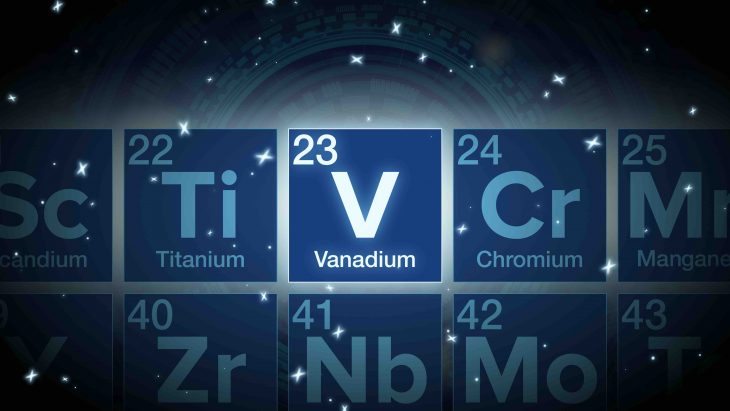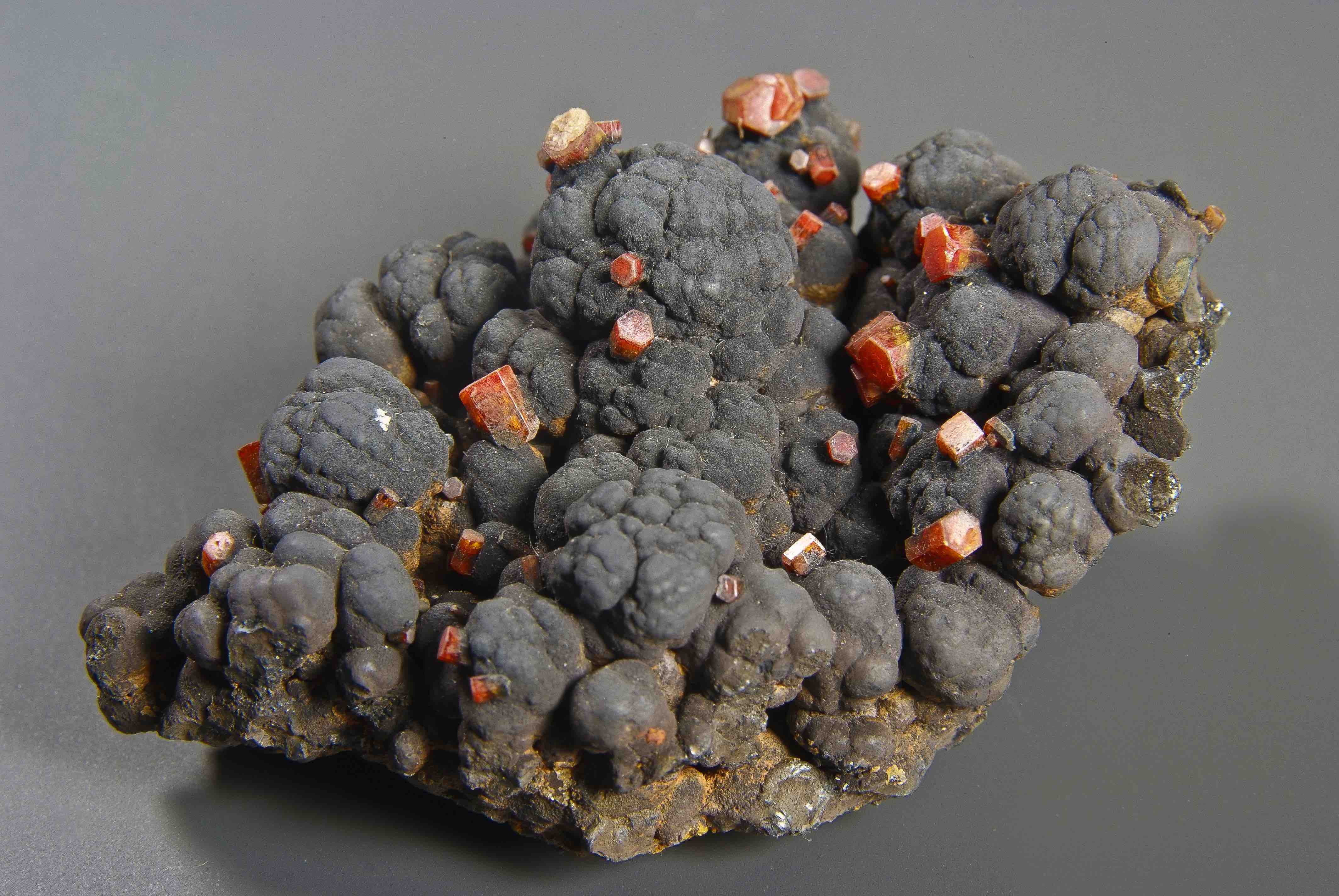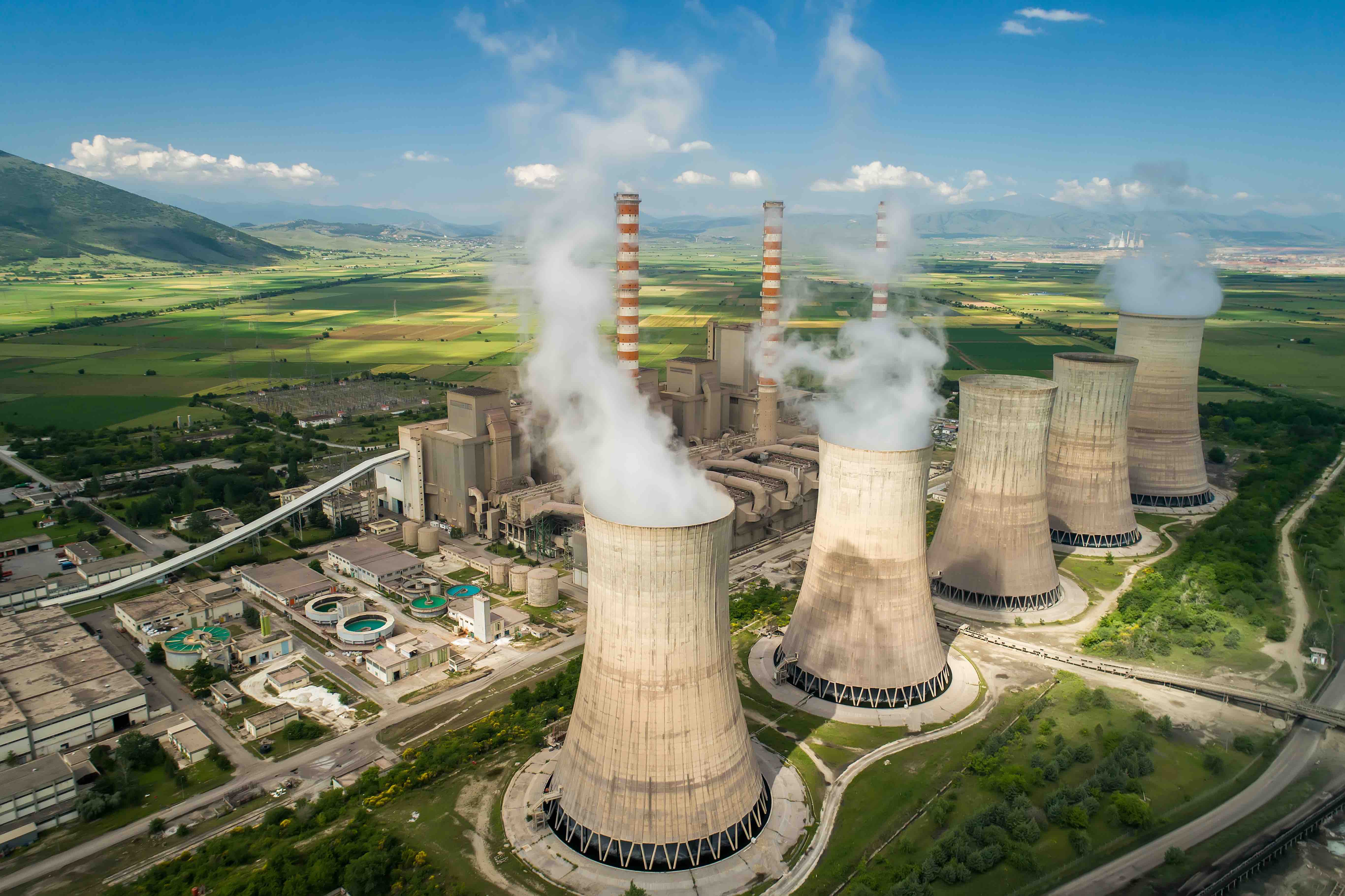
Vanadium, a transition metal element with atomic number 23, may not be as well-known as some other elements, but it possesses a range of fascinating properties and applications. From its versatile uses in alloys to its role in biological processes, vanadium has much to offer. In this article, we present 18 fun facts about vanadium, shedding light on its unique characteristics and captivating qualities. Embark on a journey of discovery as we explore the lesser-known side of this remarkable element.
Ancient Origins
Vanadium gets its name from Vanadis, the Norse goddess of beauty and fertility. This reflects the element’s beautiful and vibrant compounds that exhibit a wide range of colors.
Abundant in Nature
Vanadium is relatively abundant in the Earth’s crust, ranking 22nd in abundance among elements found in the Earth’s crust. It is often found in minerals such as vanadinite, patronite, and carnotite.
Multiple Oxidation States
One of vanadium’s unique properties is its ability to exist in multiple oxidation states. It can range from -3 to +5, which allows it to form a wide variety of compounds with diverse chemical and physical properties.
Strength and Durabilit

Vanadium is valued for its strength and durability, particularly when alloyed with other metals. Vanadium steel, known for its high tensile strength, is used in applications such as automobile parts, tools, and structural components.
Colorful Compounds
Vanadium compounds display vivid colors, ranging from bright yellow to vibrant orange, green, and blue. These colorful compounds have applications in ceramics, pigments, and dyes.
Biological Functions
Vanadium plays a role in various biological processes. It is found in trace amounts in some organisms, including sea squirts, ascidians, and marine algae. Its biological functions are still being studied and understood.
Enzyme Catalyst
Vanadium is involved in the functioning of certain enzymes in organisms. It can act as a catalyst, assisting in biochemical reactions that are essential for life.
Potential Health Benefits
Vanadium compounds have been studied for their potential health benefits. Some research suggests that they may have insulin-mimetic properties and could be useful in managing blood sugar levels. However, more studies are needed to fully understand their effects.
Magnetic Properties
Vanadium exhibits magnetic properties, especially when alloyed with other magnetic elements. These properties make vanadium alloys useful in applications such as magnetic storage media and magnetrons in microwave ovens.
Energy Storage
Vanadium plays a crucial role in vanadium redox flow batteries (VRFBs), a type of rechargeable battery used for energy storage. VRFBs are known for their long cycle life and high energy efficiency, making them suitable for large-scale energy storage applications.
A Catalyst in Chemical Reactions
Vanadium compounds can act as catalysts in various chemical reactions, facilitating the conversion of reactants into products. These catalysts are used in industries such as petrochemicals, plastics manufacturing, and sulfuric acid production.
Fire-Resistant Properties
Vanadium compounds, such as vanadium pentoxide, exhibit fire-resistant properties. They are used in fireproofing materials, including coatings and textiles, to enhance fire resistance and reduce flammability### 13. Aerospace Applications Vanadium alloys find applications in the aerospace industry due to their excellent strength-to-weight ratio. These alloys are used in the production of aircraft components, such as jet engines, landing gear, and airframes.
Vanadium in Pigments
Vanadium compounds, such as vanadium oxide, are used in the production of pigments for ceramics, glass, and paints. These pigments provide vibrant colors and enhance the visual appeal of various products.
A Catalyst for Industrial Processes
Vanadium-based catalysts play a crucial role in several industrial processes, including the production of sulfuric acid, maleic anhydride, and phthalic anhydride. These catalysts enable efficient and sustainable manufacturing processes.
Vanadium in Nuclear Applications

Certain vanadium isotopes, such as Vanadium-50, have applications in nuclear reactors. They can act as neutron moderators, helping to control the fission process and maintain the stability of the reactor.
Geological Indicator
Vanadium deposits can serve as geological indicators for the presence of valuable minerals, such as uranium, gold, and vanadium itself. The exploration of vanadium deposits can lead to the discovery of other economically important resources.
Recycling and Sustainability
Vanadium is a recyclable element, and its recycling contributes to sustainability efforts. Recycling vanadium from waste materials and industrial byproducts helps conserve natural resources and reduce environmental impact.
Final Word
Vanadium may be lesser known compared to other elements, but its intriguing properties and diverse applications make it a valuable and essential element in various industries. From its use in alloys to its potential health benefits and role in biological processes, vanadium continues to captivate scientists and researchers around the world.
Frequently Asked Questions (FAQs)
Is vanadium a rare element?
Vanadium is not considered a rare element. It is relatively abundant in the Earth’s crust, although it may not be as widely known as some other elements.
Can vanadium supplements improve athletic performance?
While vanadium supplements have been marketed for athletic performance enhancement, research has not consistently supported these claims. It is important to consult with a healthcare professional before considering any supplements.
Are there any risks associated with vanadium exposure?
High levels of vanadium exposure can be toxic and may cause health issues. However, exposure to vanadium through normal environmental sources or dietary intake is generally considered safe.
Is vanadium used in the production of jewelry?
Vanadium itself is not commonly used in the production of jewelry. However, vanadium-containing alloys may be used as components in certain jewelry pieces.
Can vanadium be found in food sources?
Vanadium is present in trace amounts in some food sources, such as mushrooms, seafood, and some grains. However, the concentration of vanadium in these sources is generally low and not a significant dietary source.
Was this page helpful?
Our commitment to delivering trustworthy and engaging content is at the heart of what we do. Each fact on our site is contributed by real users like you, bringing a wealth of diverse insights and information. To ensure the highest standards of accuracy and reliability, our dedicated editors meticulously review each submission. This process guarantees that the facts we share are not only fascinating but also credible. Trust in our commitment to quality and authenticity as you explore and learn with us.
